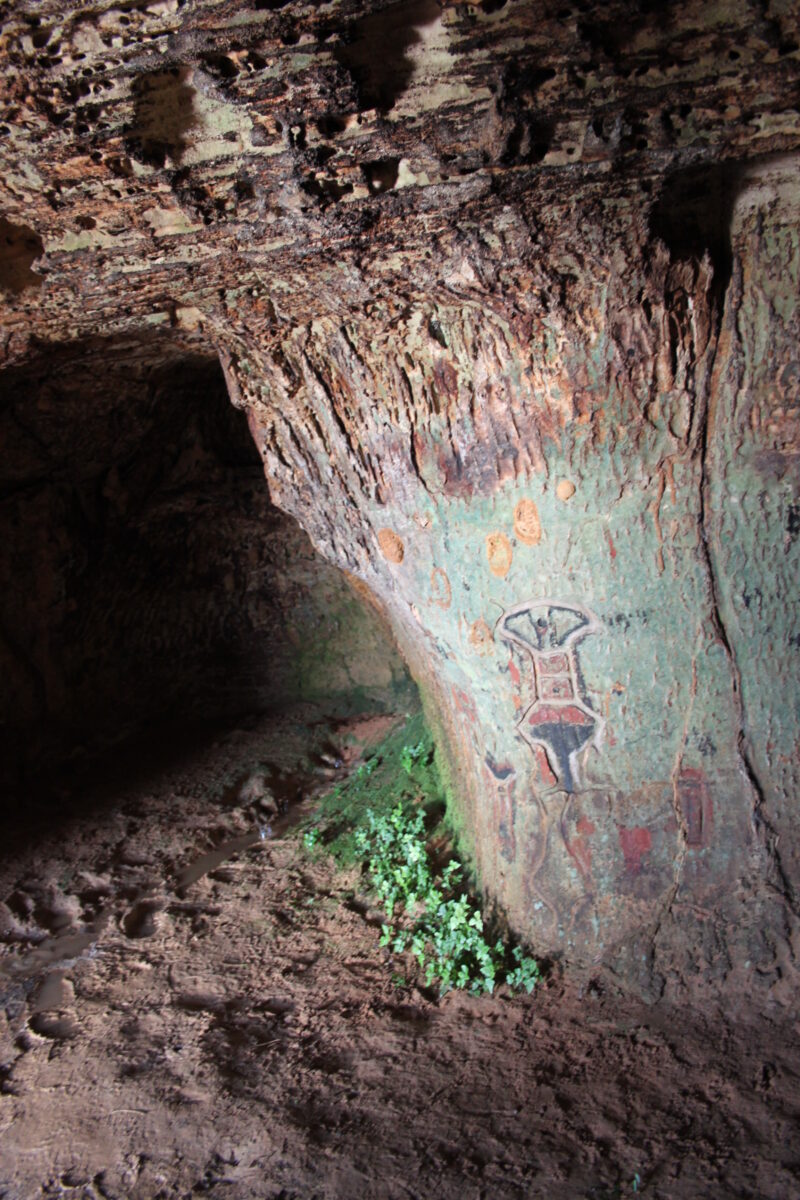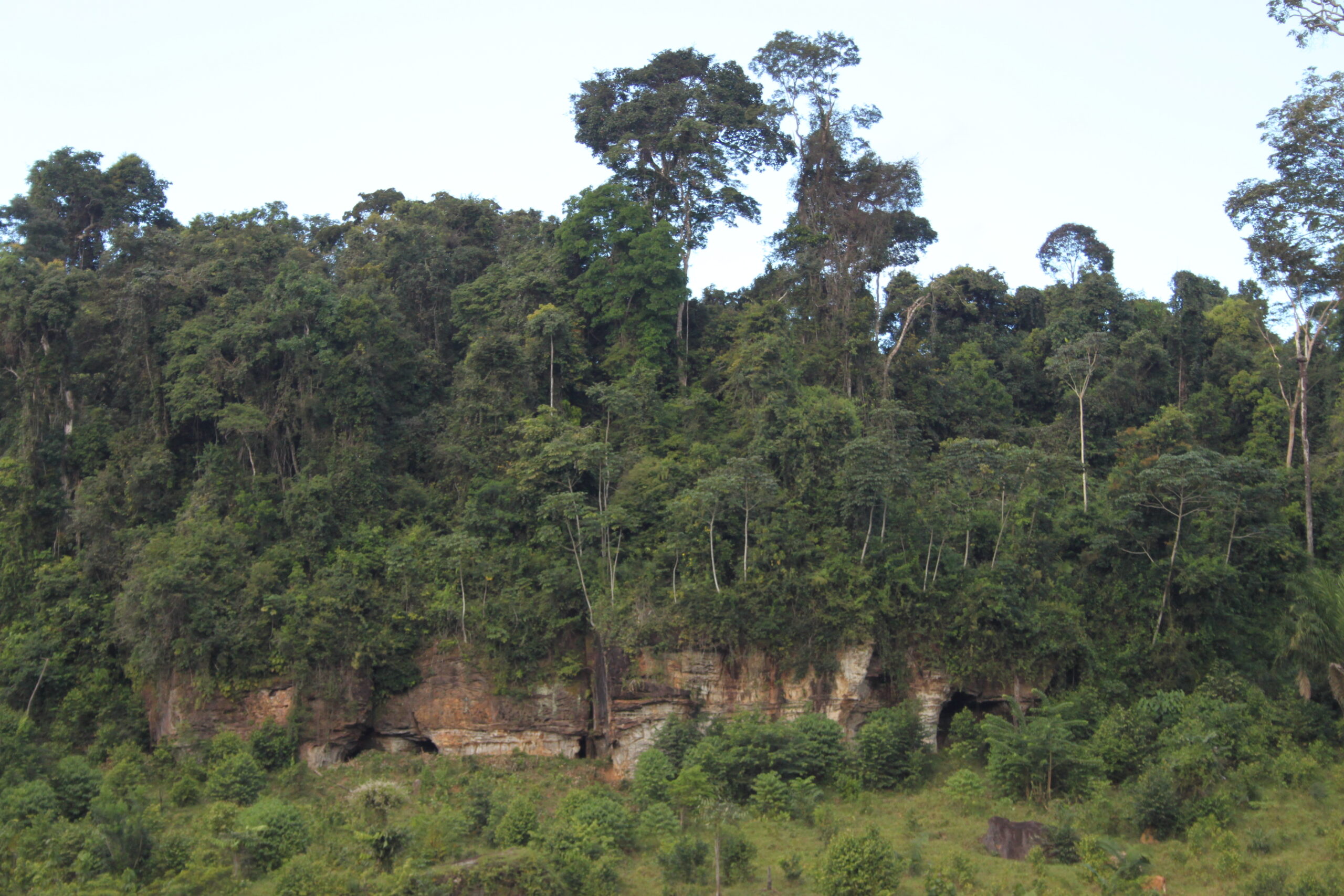All Projects Amazon Salvaguardas: arqueologia nas cavernas de Rurópolis na Amazônia brasileira
Os escudos geológicos do Brasil e da Guiana são formados principalmente por rochas metamórficas, enquanto a bacia do Amazonas é formada a partir de rochas sedimentares. O resultado disto é que as formações não carbonáticas são as mais comuns na área, as quais são menos susceptíveis aos processos geomorfológicos que dão lugar à formação de cavernas. Por exemplo, enquanto pedras como o calcário ou o giz tendem a desenvolver cavidades durante seu processo de decomposição, as formações que não possuem altos níveis de carbono produzem paisagens nas quais os abrigos rochosos e as cavernas são escassas.
Encontramos uma exceção a essa regra no município de Rurópolis, no estado do Pará, onde conseguimos registrar 56 cavernas. Destas, 55 foram formadas a partir de arenito (uma pedra não carbonática). A caverna restante, conhecida como Caverna Paraíso, é a única caverna de calcário do Amazonas e é conhecida como a caverna mais extraordinária da região. Também estou interessado na Caverna das Mãos, que apresenta pinturas rupestres em uma área escura e que fica aproximadamente a 350 metros da entrada. Pintura rupestre em áreas escuras é pouco comum, motivo pelo qual Rurópolis se tornou uma área única para pesquisas.

Rock engraving and painting in cave 110 by Vinicius Honorato

Rock engraving and painting in cave 110 by Vinicus Honorato

Rock painting in cave 110 by Vinicus Honorato
In 2014, I became a member of the team working on a project entitled, “Rock art and archaeological context in the caves of Rurópolis, Pará,” coordinated by the archaeologist Edithe Pereira (Museu Paraense Emílio Goeldi) and sponsored by the Brazilian Research Council, CNPq. We conducted an excavation at Cave 110, which contains rock paintings and engravings. This represents the sole archaeological endeavour undertaken in the caves of Rurópolis to date. Five radiocarbon dates obtained for this site point to events involving fire, which date back from between 8,100 and 6,800 years ago. No archaeological artefacts were unearthed from the excavated test pit, but charcoal in the earliest layers may be an indicator of human presence in the cave. We have tentatively suggested that the cave’s use was related to ritual activities. We cannot confidently associate the cave art with any of the dates, but we know the paintings are at least 2,2000 years old, since the charcoal found in this layer covered part of the paintings.

View of some of the caves and shelters of Ruropolis, including cave 110 and cave Barboleta by Vinicius Honorato
During this project we will return to Rurópolis to continue conducting targeted cave surveys and excavations in order to better gauge the archaeological potential of the area and to explore some of the issues touched on above. Following an initial assessment, we will retrieve samples through surface collections and 1×1 metre test-pit excavations. This will enable us to collect material culture and charcoal so that we can further our cultural and chronological understanding of the area.
